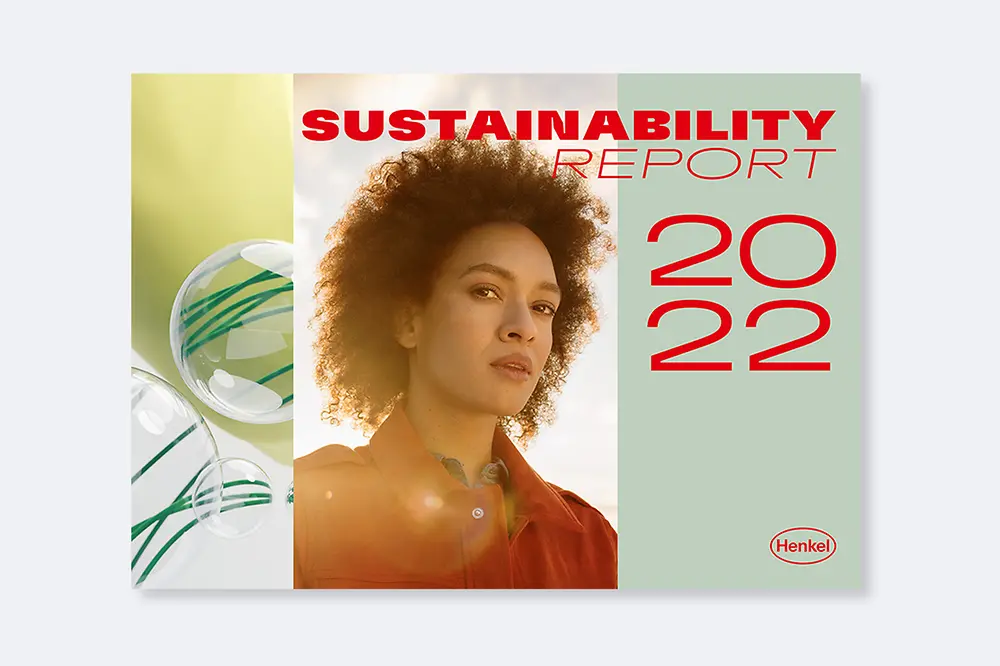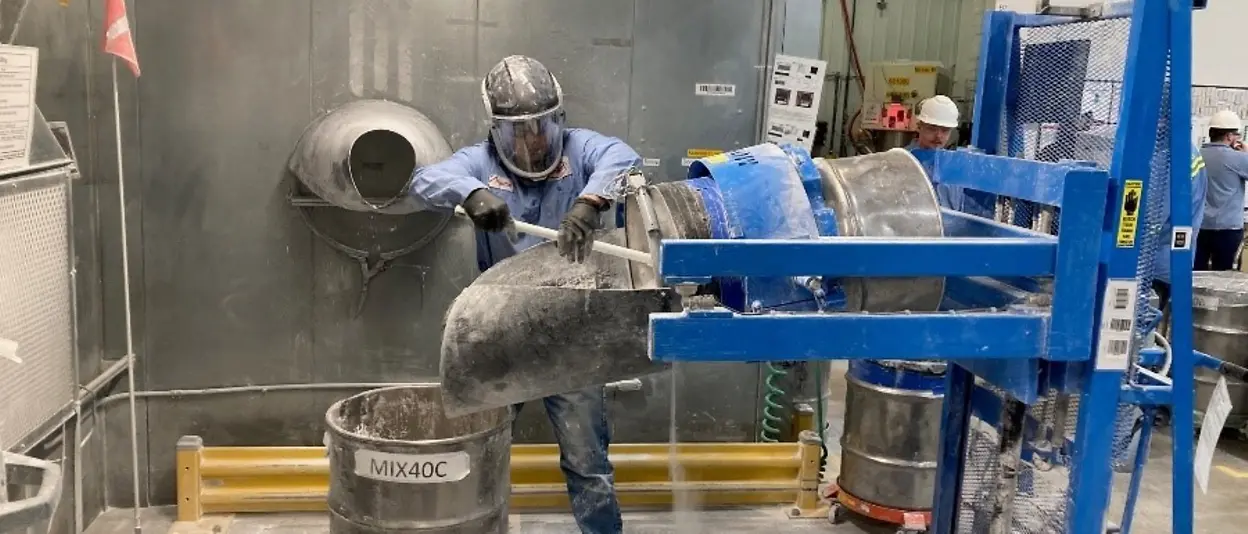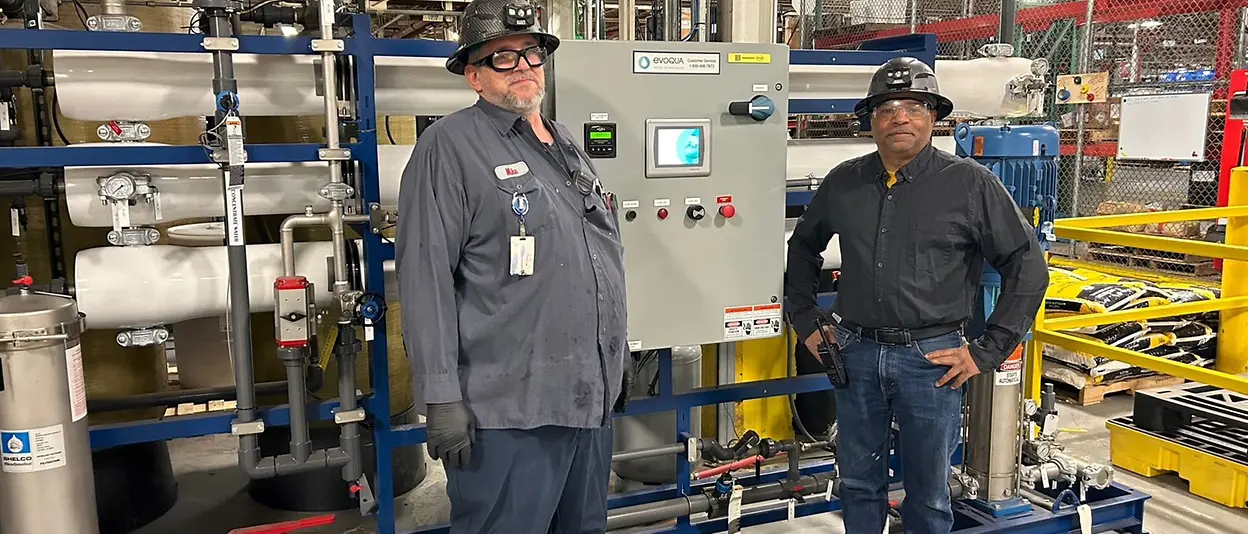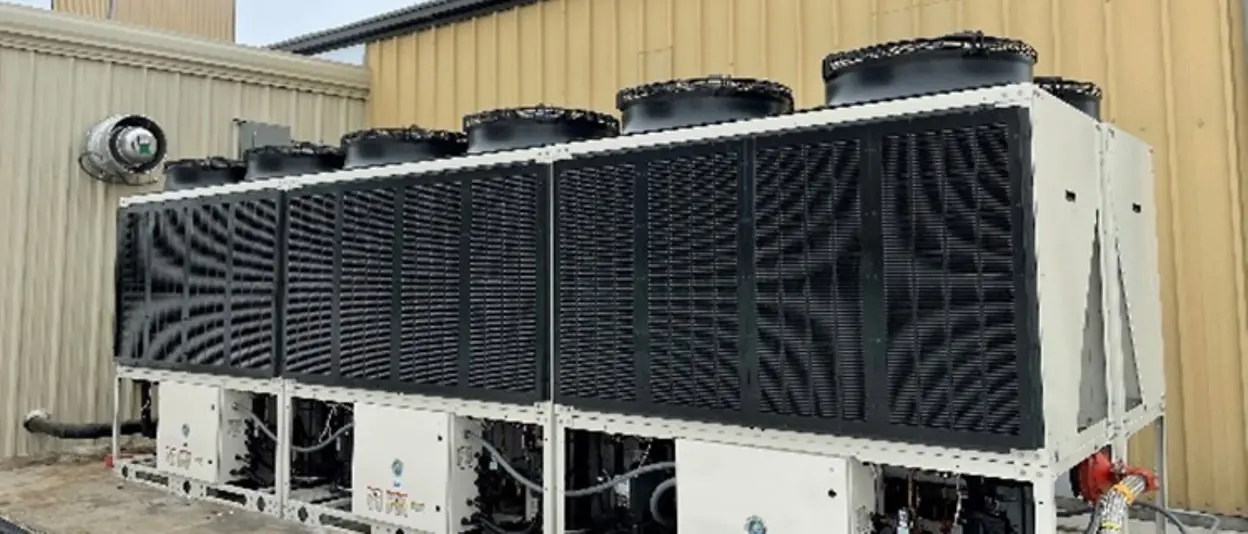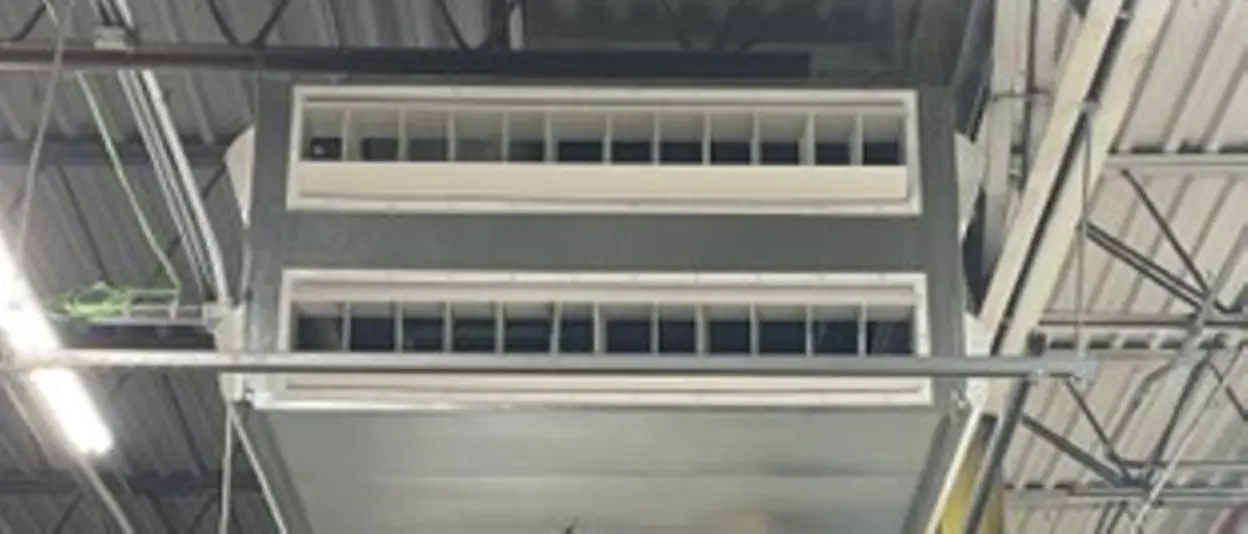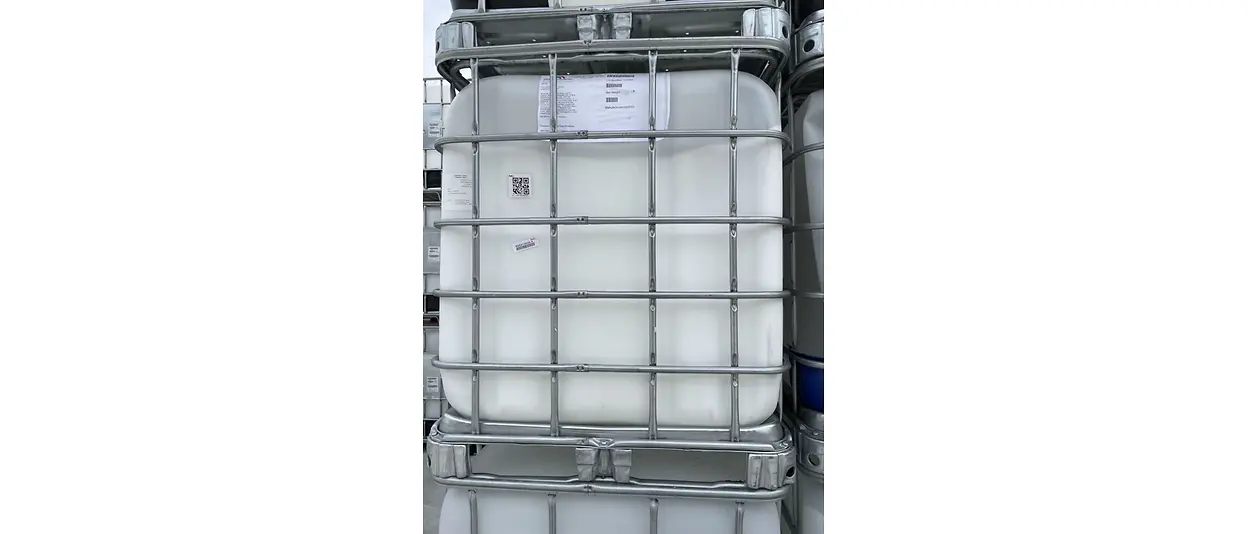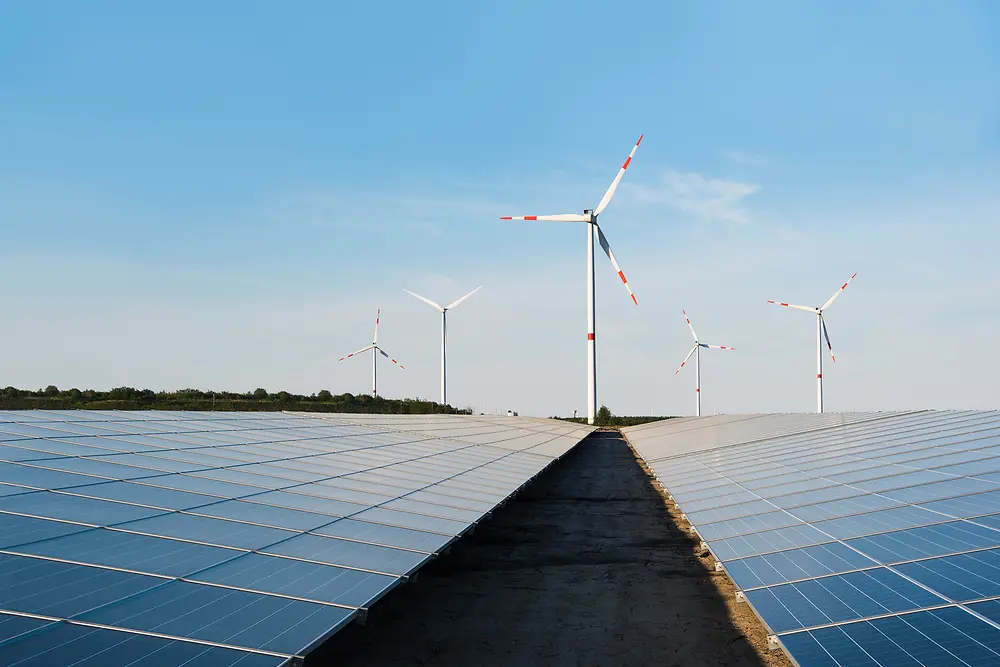Sustainability Report 2022
Henkel’s 2030+ Sustainability Ambition Framework was designed with the goal of driving change toward a regenerative planet, thriving communities, and our actions as a trusted partner to our stakeholders. In the past year, we have made significant progress toward a more sustainable product portfolio and achieving a climate-positive carbon footprint by expanding renewable resources and energies.
Across our North American manufacturing portfolio, Henkel is committed to bolstering this progress. Individual facilities have been working to identify water conservation, energy reduction, waste elimination, and circular economy opportunities, in addition to ongoing investment in production efficiency with state-of-the-art equipment. Read on for details of sustainability projects that have been successfully completed in our Adhesive Technology facilities in Brandon, SD, Warren, MI, Cannon Falls, MN, and Mentor, OH. We will be sharing additional examples from our HCB facilities in a later story.
Brandon, South Dakota’s Drum Kitting Process
The Brandon facility has improved their drum kitting process, replacing pail liners and bonnets with reusable drums and automating portions of a previously manual process. The site is now more efficient in the filling of drums with powder materials, reducing nearly 10 tons of waste each year by eliminating approximately 75,000 5-gallon pail liners and bonnets from the process. This project has reinforced Henkel’s commitment to supporting the circular economy by reducing single-use plastics in the manufacturing process, while also positively impacting the site’s safety performance and increasing the plant’s efficiency.
An operator uses the new drum kitting process, which employs drum-tipping equipment to weigh up material and dramatically reduces manual handling of the powders.
Warren, Michigan’s Reverse Osmosis Process
The Warren facility was challenged with identifying a way to integrate previously unused water from the region’s Reverse Osmosis (RO) filtration process into the plant’s water stream, while maintaining commitments to quality and meeting customer expectations. The team redesigned the system for incoming water to take advantage of a new RO unit, allowing for the capture and reuse of around 1.4 million gallons of usable rejected water from the treatment process, eliminating it from storm drains. The new design also digitalized the connection of the new units to a central control system, allowing online monitoring of the energy consumption and water flows visible at various locations in the plant, contributing to the improvement of overall efficiency in the process.
Project team members in front of the plant’s new Reverse Osmosis unit.
Cannon Falls, Minnesota’s Chiller Replacement Project
The Cannon Falls facility has replaced multiple individual chillers with a single, closed-loop water recirculation system that reduces water and electricity usage. Prior to this project, water would pass through the chillers where the water would be used and then sent to the sanitary sewer. The installation of the new chiller system leverages the cooler outside air temperature at the Minnesota site to reduce annual electricity usage by more than 1 million kilowatt-hours per year. Since the project’s completion, water and wastewater discharge has decreased by 95%, aligning with Henkel’s commitment to reduce natural resource and energy consumption.






